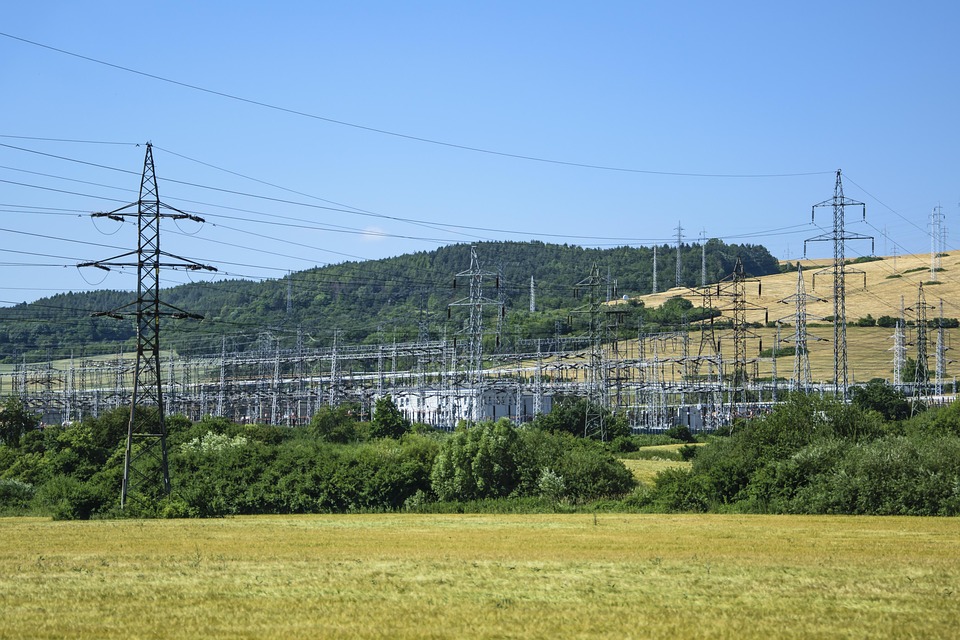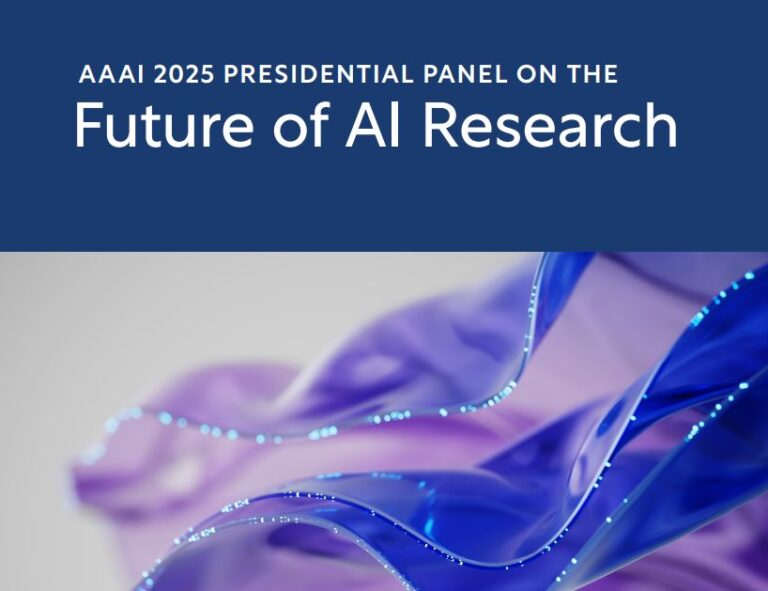AI Tools for Optimizing Renewable Energy Distribution: Pioneering a Sustainable Future
The global shift toward renewable energy sources—solar, wind, and hydro—has accelerated in recent years, driven by the urgent need to combat climate change and reduce reliance on fossil fuels. However, the intermittent nature of renewables poses significant challenges for energy distribution.
Solar panels generate power only during daylight, and wind turbines depend on weather conditions, creating mismatches between supply and demand. To address these complexities, artificial intelligence (AI) is emerging as a transformative force, enabling smarter, more efficient, and sustainable energy systems. AI tools are revolutionizing how renewable energy is distributed, ensuring stability, reducing waste, and maximizing the potential of clean power.
1. AI in Energy Forecasting: Predicting the Unpredictable
One of the most critical applications of AI in renewable energy is forecasting. Traditional methods of predicting solar and wind energy production often struggle with accuracy due to the dynamic and variable nature of weather patterns. AI, particularly machine learning (ML) and deep learning models, analyzes vast datasets from satellites, weather stations, and historical energy production to predict energy output with remarkable precision.
For example, platforms like Google’s DeepMind have partnered with the UK National Grid to use AI for wind energy forecasting, improving prediction accuracy by up to 30%. Similarly, IBM’s Green Horizon employs AI to predict solar irradiance and wind speeds, allowing grid operators to plan better. These tools help utilities anticipate energy availability, reducing the risk of overbuilding infrastructure or underutilizing resources.
2. Demand Response and Load Management
Renewable energy distribution also requires balancing fluctuating supply with dynamic demand. AI-powered demand response systems use real-time data and predictive analytics to adjust consumption patterns. By analyzing consumer behavior, weather, and grid conditions, AI can optimize energy distribution, shifting demand to off-peak hours or incentivizing users to consume energy when it’s abundant.
Smart meters and IoT-enabled devices, integrated with AI algorithms, enable demand-side management. For instance, Siemens’ Spectrum Power uses AI to predict and manage load distribution, ensuring that energy is allocated efficiently. This not only prevents blackouts but also lowers costs for consumers and utilities by avoiding peak demand surges.
3. Smart Grids and Real-Time Monitoring
Smart grids equipped with AI are reshaping energy distribution by enabling real-time monitoring and adaptive control. These grids use AI-driven analytics to detect anomalies, reroute power, and manage decentralized energy resources (DERs) like rooftop solar panels and home batteries.
AI algorithms can optimize grid operations by identifying inefficiencies, such as power losses or outdated infrastructure. For example, AI-powered digital twins—virtual replicas of physical grids—simulate scenarios to test solutions before implementation. This allows utilities to proactively address issues, ensuring reliable energy flow even with high renewable penetration.
4. Energy Storage Optimization
Energy storage is a cornerstone of renewable integration, but managing batteries and other storage systems efficiently remains a challenge. AI tools analyze patterns in energy production and consumption to determine the optimal charging and discharging schedules for storage units. This reduces reliance on backup fossil fuel plants and maximizes the use of stored clean energy.
Companies like Tesla and Electrolyte are leveraging AI to enhance battery management systems. By predicting demand spikes and generation dips, AI ensures that storage assets are used strategically, improving grid resilience and lowering costs.
5. Predictive Maintenance for Infrastructure
Renewable energy systems rely on vast infrastructure, from wind turbines to solar farms and transmission lines. AI-driven predictive maintenance uses sensor data and machine learning to anticipate equipment failures before they occur. This reduces downtime, extends the lifespan of assets, and minimizes repair costs.
For example, AI-powered drones equipped with computer vision can inspect solar panels or wind turbines, identifying issues like cracks or corrosion. Similarly, Google’s DeepMind has applied AI to optimize the maintenance of wind farms, increasing energy output by 20% by predicting turbine performance.
6. Case Studies: Real-World Impact
-
- DeepMind and the UK Grid: Google’s AI subsidiary has reduced energy consumption in data centers by 40% and is now applying similar techniques to the National Grid, optimizing energy flow and reducing carbon emissions.
-
- Siemens’ AI-Driven Grid Management: Siemens uses AI to monitor and manage energy distribution networks, improving efficiency and integrating more renewables.
-
- Fraunhofer Institute’s Predictive Models: Researchers in Germany employ AI to forecast wind and solar generation, enabling better grid planning and reducing reliance on fossil fuels.
7. Challenges and Considerations
While AI offers immense potential, its implementation is not without hurdles. Challenges include:
-
- Data Quality: Accurate forecasting and optimization depend on high-quality, real-time data.
-
- Integration with Legacy Systems: Retrofitting traditional grids with AI technologies can be complex.
-
- Cybersecurity Risks: As grids become more digitized, they face increased vulnerability to attacks.
-
- Regulatory and Policy Barriers: Adapting policies to support AI-driven systems requires collaboration between tech developers and policymakers.
8. The Future of AI in Renewable Energy
The future of renewable energy distribution lies in AI-driven hybrid systems that combine machine learning with other technologies like blockchain for decentralized energy trading. Innovations such as edge computing enable local AI processing, reducing latency and improving responsiveness. Additionally, AI will play a role in carbon market optimization, helping utilities trade renewable credits more efficiently.
As AI continues to evolve, its integration with quantum computing could further enhance grid simulations and energy predictions. Furthermore, AI could empower community microgrids, allowing localized renewable energy networks to operate autonomously while remaining connected to the broader grid.
Conclusion
AI tools are not just a technological convenience—they are essential for a sustainable energy future. By improving forecasting, managing demand, optimizing storage, and maintaining infrastructure, AI ensures that renewable energy is both reliable and efficient.
As the world transitions to cleaner energy, embracing AI will be key to overcoming distribution challenges and unlocking the full potential of renewables. The synergy between AI and sustainability is clear: smarter energy systems mean a greener planet, and the journey is just beginning.
Investing in AI for renewable energy distribution is a strategic move for governments, utilities, and tech companies. By fostering innovation and collaboration, we can build resilient, low-carbon energy ecosystems that power the future responsibly.







